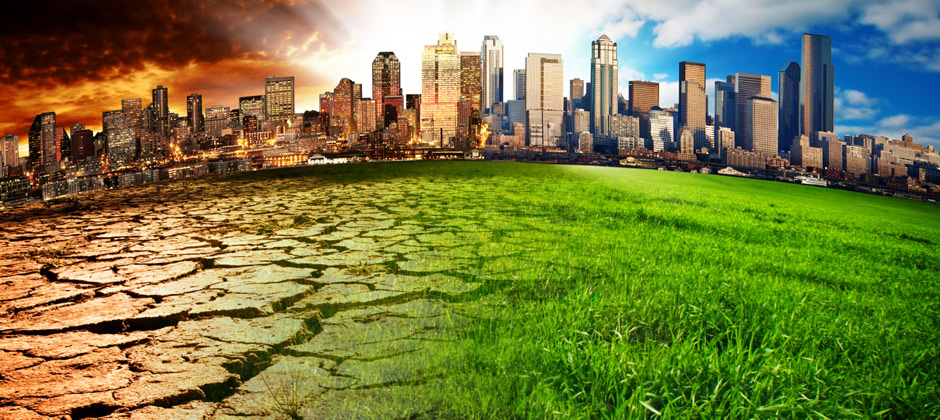The environmental movement has gained significant traction in recent years, and 2023 is poised to be a pivotal year for green initiatives. As we approach this year, there are several green trends that are likely to shape the way we approach sustainability, environmentalism, and social responsibility. Here are nine of the most impactful green trends to watch out for in 2023.
Circular economy: The circular economy is gaining traction as a sustainable alternative to traditional linear production models. The circular economy aims to minimize waste by keeping resources in use for as long as possible. This model emphasizes the need to reuse, repair, and recycle products to reduce environmental impact.
Green Recycling and Rubbish Removal: The Importance of Responsible Waste Management
Proper waste management is essential for maintaining a clean and healthy environment. As we continue to produce more waste, it is crucial that we find ways to manage it responsibly. Green recycling and rubbish removal practices help to reduce the amount of waste that ends up in landfills and incinerators, reducing the environmental impact of waste disposal. By recycling materials, using sustainable local rubbish removal services and composting organic waste, we can conserve natural resources and reduce greenhouse gas emissions. Responsible rubbish removal also ensures that hazardous waste is disposed of safely, protecting public health and the environment. Adopting green waste management practices is an essential step towards creating a more sustainable future.
Sustainable fashion: The fashion industry is notorious for its environmental impact. However, sustainable fashion is becoming increasingly popular, as consumers are looking for eco-friendly alternatives. In 2023, we can expect to see more sustainable fashion brands, increased use of sustainable materials, and a greater emphasis on ethical production practices.
Electric transportation: Electric transportation is rapidly becoming the norm, with electric cars, buses, and trains replacing traditional gas-powered vehicles. This trend is expected to continue in 2023, with more cities and countries committing to electric transportation initiatives.
Green construction: Building design and construction are critical in the fight against climate change. In 2023, we can expect to see more green buildings that use sustainable materials, renewable energy, and water-efficient systems. These structures will be designed to minimize their environmental impact and improve the quality of life for their occupants.
Carbon pricing: Carbon pricing is gaining traction as a market-based solution to climate change. This approach puts a price on carbon emissions, encouraging businesses and individuals to reduce their carbon footprint. In 2023, we can expect to see more countries adopting carbon pricing policies as part of their efforts to reduce greenhouse gas emissions.
Renewable energy: Renewable energy is a critical component of the fight against climate change. In 2023, we can expect to see more investment in renewable energy projects, including wind, solar, hydro, and geothermal energy. These projects will help to reduce our dependence on fossil fuels and transition to a more sustainable energy system.
Sustainable agriculture: Agriculture is a major source of greenhouse gas emissions, but sustainable agriculture practices can help to mitigate this impact. In 2023, we can expect to see more farmers adopting sustainable agriculture practices, such as crop rotation, reduced tillage, and conservation tillage. These practices can help to reduce soil erosion, increase soil health, and sequester carbon in the soil.
Green finance: Green finance is an emerging field that seeks to align financial investments with environmental goals. In 2023, we can expect to see more green finance initiatives, such as green bonds and sustainable investment funds. These initiatives can help to direct capital towards sustainable projects and businesses, accelerating the transition to a green economy.
Sustainable Materials in Building Design: The construction industry has a significant impact on the environment, accounting for a large percentage of greenhouse gas emissions and resource consumption. However, sustainable materials can help to reduce this impact by promoting environmental responsibility in building design. Sustainable building materials, such as bamboo, recycled plastic, salvaged materials, are eco-friendly alternatives to traditional building materials such as timber decking.
Corporate social responsibility: Corporate social responsibility (CSR) is becoming increasingly important as consumers demand that companies act in a socially responsible manner. In 2023, we can expect to see more companies adopting CSR practices, such as reducing their carbon footprint, promoting sustainable products, and supporting social causes. These practices can help to build trust with consumers and demonstrate a commitment to sustainability.
The Future Of The Work place(Opens in a new browser tab)
In conclusion, these nine green trends are likely to shape the environmental landscape in 2023 and beyond. As we continue to face the challenges of climate change, it is essential that we take action to promote sustainability, reduce our environmental impact, and build a more resilient and equitable world. By embracing these trends and working together, we can create a more sustainable future for ourselves and for future generations.
